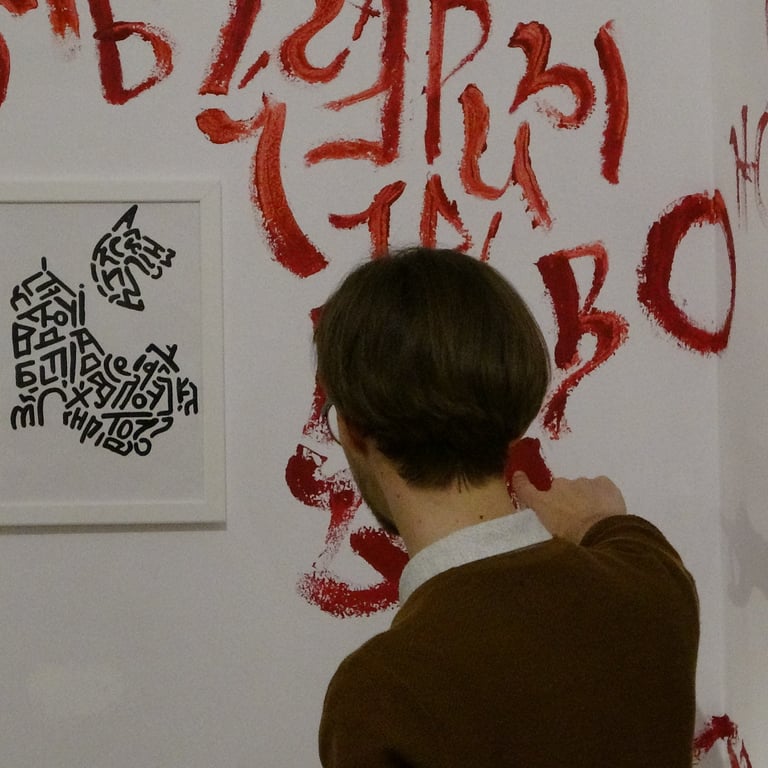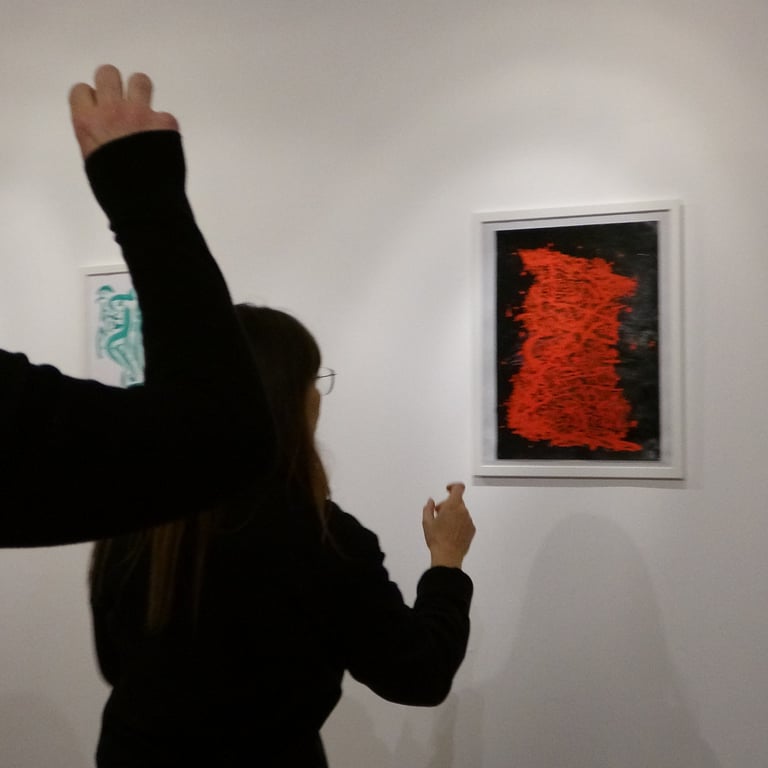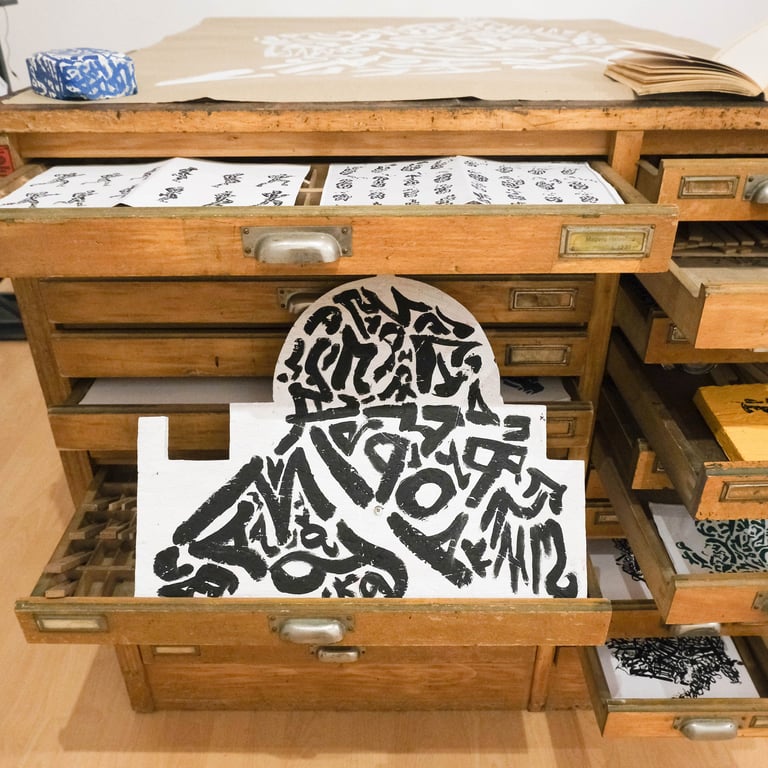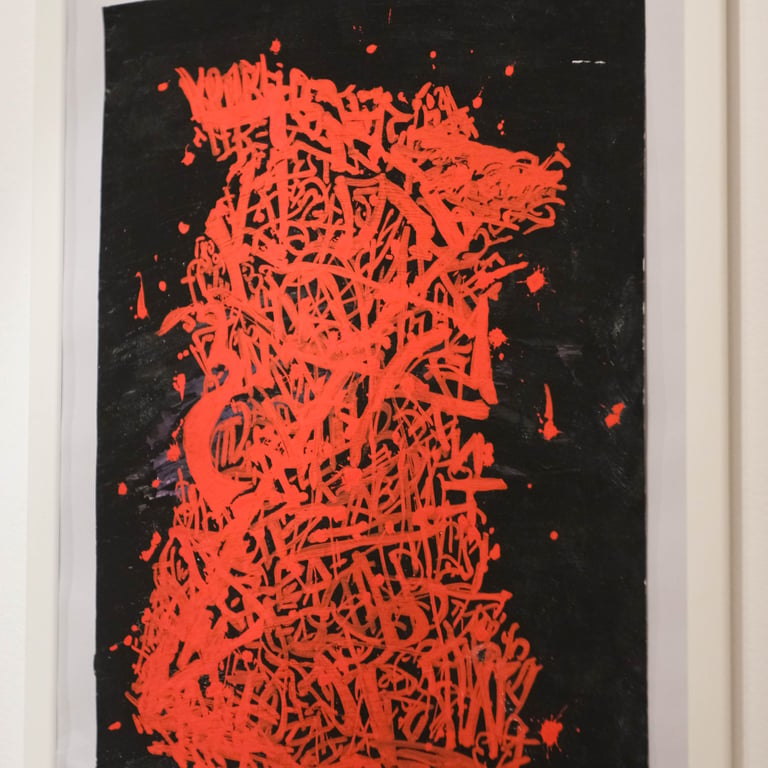Art as Code: The Ultimate Reason Art Matters in the Modern World
I have been overthinking the concept of "art as a code" and if art matters today. I wrote this to reflect on the practical use of art from ancient times to modern movements like Impressionism and Expressionism. It is also study of differences between modern and traditional art, and how artists actually create cultural codes. If you're interested in art criticism and understanding contemporary art, here I will give some insights.
ARTPOPULAR CULTURE
Antos Sivyh
2/24/20254 min read

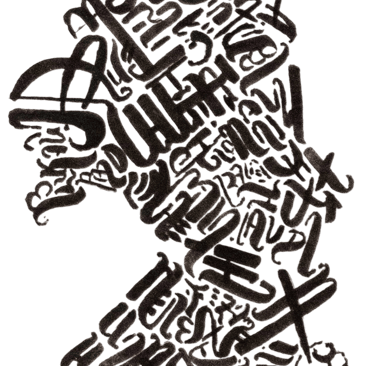
Have I just discovered an unusual reason why art remains relevant? My perspective is meant to motivate and inspire artists, while also providing a fresh viewpoint for those who are not artists. The key idea is that art, any piece of art, is a... code. Literally. I feel there is a need to conceptualize our lives, histories, and experiences as humans. Art allows us to explore the world aesthetically, visually, through sound, music, film, and dance. It helps us show others how we see the world. Finally, art reveals ideas that may not be easily seen otherwise.
The first reason to start creating is right in our history, and you can see it if you come to any early history museum. Neanderthals and Cro-magnons created art to depict animals and, probably, to teach their tribes how to hunt or to avoid dangers. This is one of the reasons why I believe that art can and should be very practical, even now. What's more, even the most abstract pieces serve a practical purpose. They help us view the world from a new perspective; they share thoughts and ideas that words may not convey clearly. Throughout different historical periods, various mediums have emerged to express cultural goals and personal experiences.
Before the invention of photography, artists focused on realism to document their surroundings. In ancient times, artworks were often symbolic. It was crucial to recognize these symbols and make them understandable. I previously discussed how ancient art connects to modern language and thought in a video. With the advent of photography, the need for realism in art has diminished. Artists began to explore stylization. This made artists capture actual emotions and feelings rather than just documenting reality. In la belle epoque, this literally gave birth to avant-garde movements like Impressionism, Expressionism, and Modernism.
When we think of art as a code, it becomes clear that artists once needed to document reality. Documenting is usually possible only in ways that can be universally recognized. I love taking notes, psychogeographic maps, collecting obscure things that document life for me, but... The most universal way to document things is to make a picture of them. To turn a person or a moment into somehting that is 2d and recognizable. And, later on, into something that is easy to reproduce. With photography taking on this role, artists were free to interpret thoughts and ideas. They could express what did not align with objective reality. While I do not always appreciate modern art—much of it lacks quality—one positive aspect is that artists can now focus on their perceptions rather than just how reality appears.
Just as programmers write code for applications, artists write cultural codes through their work. They share their perspectives and experiences, allowing us to understand their thoughts and feelings. When we examine art from the early 20th century, even if it isn't abstract, the colors and styles convey much about the prevailing mood of that era. Films from specific periods, with their technical details like sepia tones or black-and-white visuals, also influence our perceptions and contribute to the cultural code.
It is beautiful that an artist can spontaneously infuse their thoughts into their artwork, making it part of history and culture.
However, whether a piece becomes part of the cultural code depends on various factors, including the artist's skill and how the work integrates into the broader culture. Not all code can simply be inserted into a program; different coding languages exist, and art operates similarly.
If you are an artist, please do recognize all the cultural trends you see. This way you will not follow some trends blindly, you will be determining where to insert your piece of code into this existing culture. This approach is what I strive to do, and I have experienced some success over the past few years. Modern art can be incredibly liberating. It can be as free or as structured as the artist desires.
I create art myself. Started with documentary film and animations, but since 2018 I have done a lot of community work and in-public projects with an art practice that I develop. It is called Versingforms. This is essentially a tyle of contemporary calligraphy, it involves transforming poems into visual images, letter by letter. The result is a visual representation of the poem. It showcases important themes and my developed style over six years. Currently, I am preparing for my first solo exhibition in Central Europe, and I invite anyone nearby to visit.
In the realm of art, we can think of many aspects as code and applications. Visual art contains a code written by artists to share thoughts, ideas, and expressions. I also develop applications daily, blending my artistic and technical skills. My physical operating system aids in various tasks, helping me and those around me navigate the real world more effectively.
My passion lies in sharing new perspectives on everyday tasks and creativity. This is why I create content and engage with others. I encourage you to share this article with friends, colleagues, and fellow artists. For more discussions on art, modern art, art criticism, and how to understand contemporary art, follow my work.
In conclusion, remember that art is a code. It prevails no matter what. Understanding the difference between modern and traditional art can enrich our appreciation of both. Art allows us to explore our world, express our thoughts, and connect with others in profound ways.
What Does Text Mean to You?
Versingforms are poems from around the world that Antos Sivyh transcribes letter by letter to create visual images. More on https://sivyh.com
